Archaeology and history are two sides of the same coin that encapsulates studying the changes and causes of changes that have occurred in human cultures across time via the study of old relics and archeological sites. Archaeology helps humankind understand where and when our species lived on the planet and why and how they lived.
Archeologists use various methods to uncover, analyze, and interpret excavated archaeological data, including fieldwork, laboratory analysis, and historical research.
They uncover information about past cultures, environments, and climates. That said, certain archeological discoveries hold more significance than others. This is because they reveal new and sometimes fascinating insights into our past and the evolution of human civilization through eons.
From the great pyramids of Egypt to the buried city of Pompeii, these major archeology finds have revolutionized how we view history.
Machu Pichhu
Machu Picchu is an ancient Inca site in the Andes Mountains of modern-day Peru. It was built in the 15th century on a mountain ridge above the Urubamba Valley. The site was rediscovered in 1911 by Hiram Bingham, an American explorer and academic.
Before its rediscovery, Machu Picchu had been abandoned for hundreds of years. Bingham was led to the site by a local farmer named Melchor Arteaga, who showed him the ruins and told him about the history of the place. Bingham was amazed by the well-preserved ruins and the stunning location of the site, and he knew that he had discovered something special.
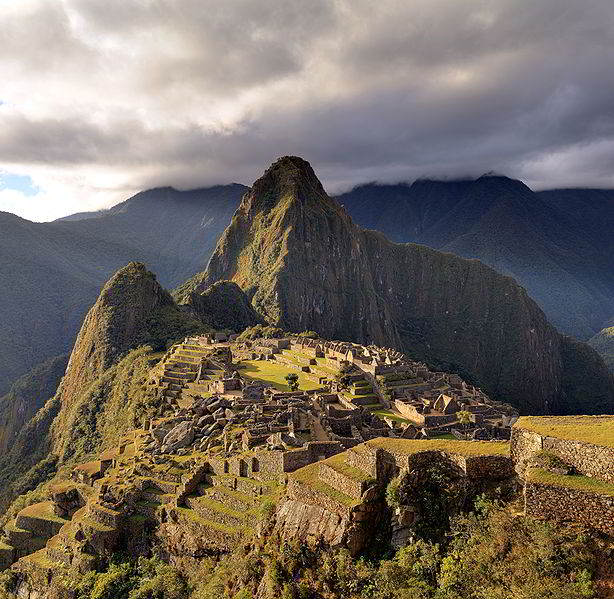
Bingham spent several months at Machu Picchu, studying and documenting the site. He took detailed photographs, made maps of the area, and collected artifacts and samples of the local flora and fauna.
His work at Machu Picchu helped to shed light on the culture and history of the Inca people, and it sparked a renewed interest in the site among archaeologists and the general public.
In the years following, Machu Picchu became a popular tourist destination, and it was later named a UNESCO World Heritage site in 1983. Today, it is considered one of South America’s most important and well-known ancient sites and is visited by thousands of tourists each year.
Olduvai Gorge
The Olduvai Gorge is an archaeological site in northern Tanzania’s East African Rift Valley. It is one of the few predominant archaeological sites that has raised humankind’s understanding of its history and early evolution by leaps and bounds. Scientists renamed the site the “Cradle of Mankind” due to its significance in studying human evolution.
Olduvai Gorge is best known for being the location of the oldest fossilized human remains, Homo habilis.
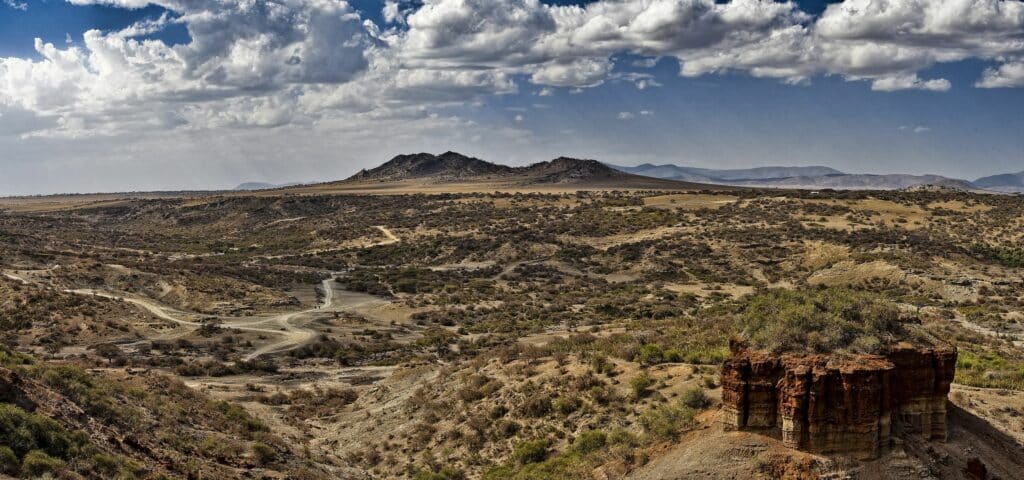
The site was first discovered by Louis and Mary Leakey in 1931 and has since been the focus of numerous modern and prehistoric research projects. Its discovery pushed back the origin of humanity to more than 1.75 million years ago and provided evidence for the theory of human evolution.
Remains of other extinct animals, such as elephants, hippopotamuses, and rhinoceroses, were also excavated along with numerous artifacts from the Paleolithic and Neolithic periods. These discoveries have helped define our understanding of early human evolution and shed light on our earliest ancestors’ behavior and lifestyle.
Troy is a real place
Troy is an ancient city that was located in modern-day Turkey. It has been the subject of much myth and legend, and for centuries it was thought to be purely a fictional place. However, in the 19th century, the German archaeologist Heinrich Schliemann became convinced that Troy was a real place and set out to prove it.
Schliemann had always been fascinated by the stories of the Trojan War, and he believed there must be some truth. He spent years studying the ancient texts and seeking clues that might lead him to the city’s location. In 1870, he began excavating a site in modern-day Turkey that he believed was the location of Troy.
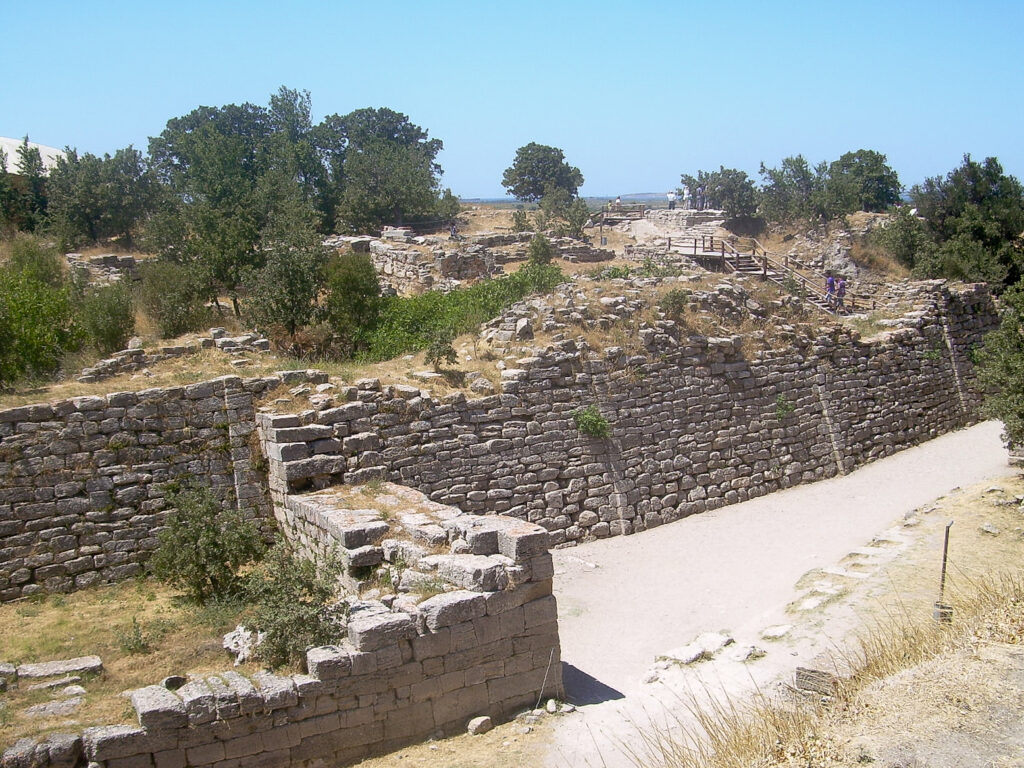
Over the course of several years, Schliemann and his team uncovered a series of ancient structures at the site. They also found a wealth of gold and silver artifacts, which helped to confirm that the site was indeed the ancient city of Troy.
The discovery of the real-life location of Troy was a major achievement for Schliemann and a significant moment in the field of archaeology. It proved that the myths and legends of the Trojan War were based in fact and helped to shed light on the history of the ancient world.
Lascaux Cave Paintings
The Lascaux Cave Paintings are a series of Paleolithic — stone age — paintings located in the Lascaux Cave in southwestern France. The paintings are estimated to be 17,300 years old, making them some of the oldest known cave paintings in the world.
Discovered in 1940 in the valley of the Vézère River in southwestern France, the cave paintings provide a unique window into the lives of early Homosapiens. The paintings depict various animals, including deer, horses, bison, and aurochs. Historians believe that these images represent a form of early symbolic communication.
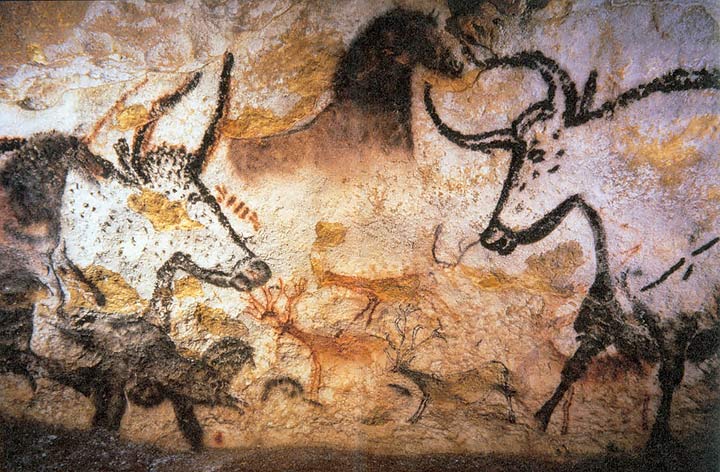
The Lascaux Cave Paintings are iconic symbols of the Paleolithic period and have been studied by archaeologists and art historians for centuries.
Not only do they offer insight into the cultural practices of Upper Paleolithic hunter-gatherers, but they also demonstrate how the evolutionary development of humankind translates to societal development, especially in symbolic language and artistic traditions.
The paintings are highly valued for their aesthetic beauty and technical sophistication and have been included on UNESCO’s World Heritage List since 1979.
Rosetta Stone
Discovered in 1799, the Rosetta Stone is an ancient Egyptian artifact that provides the key to understanding ancient Egyptian hieroglyphics. French soldiers discovered it in the Egyptian town of Rashid (Rosetta). It was the first bilingual text from Ancient Egypt to be found in the contemporary era.
The Stone is inscribed with a decree from 196 BC, issued at Memphis by King Ptolemy V. The decree is written in three scripts: hieroglyphic, demotic, and Greek.
Before the Rosetta Stone, Ancient Egyptian hieroglyphs had previously been impossible to decipher. A bilingual find of this kind meant a progression in our understanding of this mystery-riddled language.
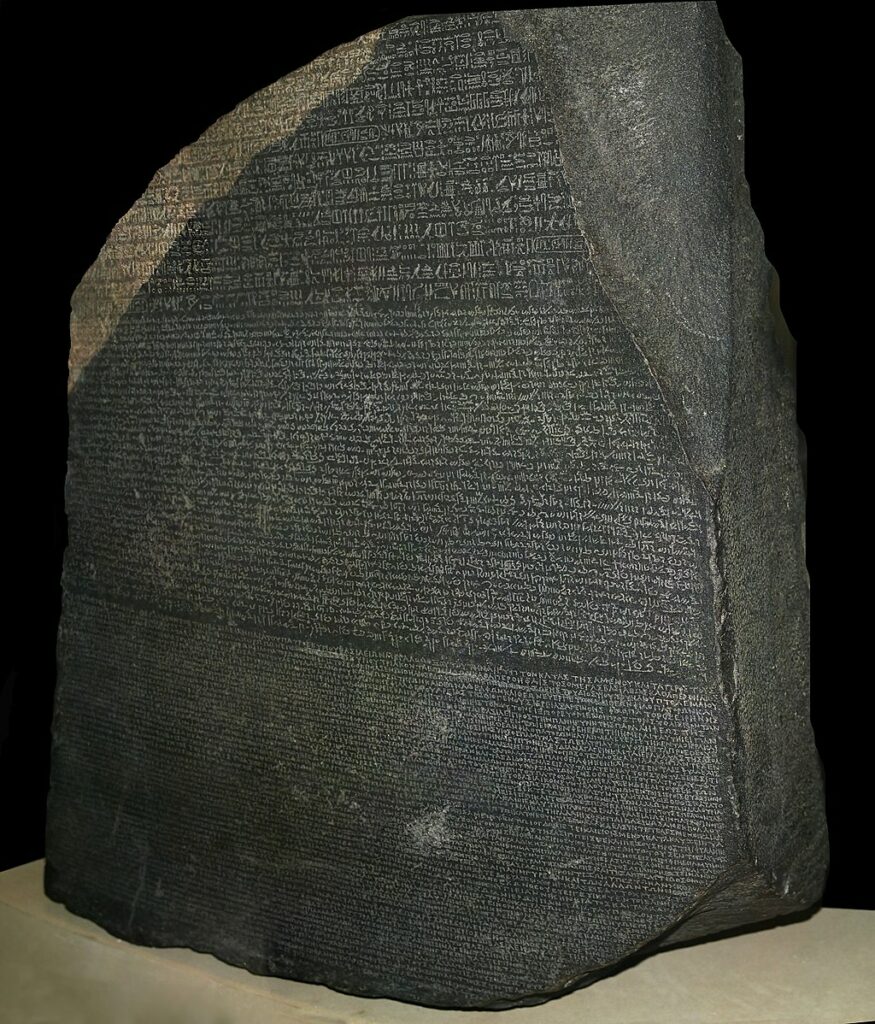
Scholars could use the Greek text to decipher the other two scripts, ultimately unlocking the mysterious language of the ancient Egyptians and opening up a new window into the culture and history of ancient Egypt.
The Rosetta Stone is significant because it provided the key to understanding the ancient Egyptian language and, by extension, ancient Egyptian history and culture.
The Stone is now one of the world’s most famous archaeological artifacts and is housed in the British Museum in London. Its discovery and subsequent decipherment revolutionized humanity’s understanding of ancient Egypt and made significant contributions to the discipline of Egyptology.
Pompeii
Pompeii is one of the greatest archaeological sites in the world. The buried city has an immense historical significance because it provides a unique insight into the Roman world, giving us a vivid and detailed picture of everyday life in the Roman Empire — a historical snapshot.
Pompeii was buried when Mount Vesuvius erupted in 79 AD, and the city remained intact and undiscovered until it was rediscovered in 1748. A terrible tale that left behind a huge archaeological site and a wealth of Roman artifacts, the eruption devastated the city and killed its residents.
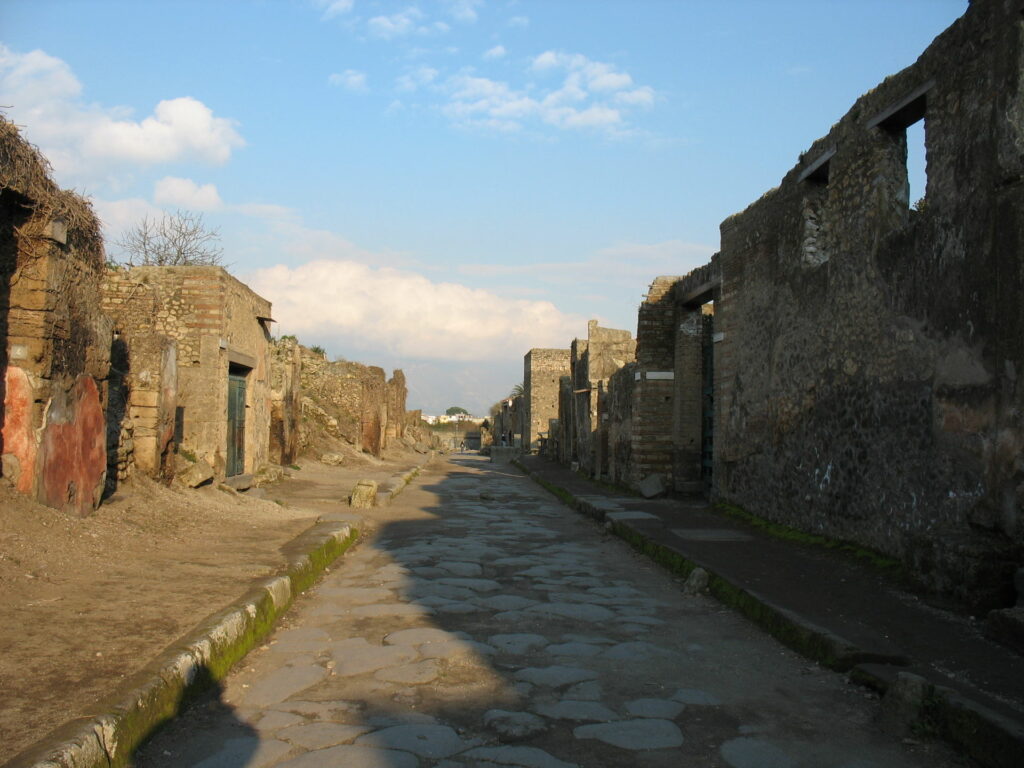
The discovery of Pompeii — structurally intact — has enabled archaeologists to understand the city’s layout, architecture, culture, and inhabitants’ way of life. It is the best-preserved Ancient Roman city and provides a unique insight into Roman culture and civilization development.
Buildings, objects, and corpses have been preserved for thousands of years due to the absence of air and moisture facilitated by volcanic ash burial. The preserved ruins of the city provide us with invaluable information about Roman art and architecture and have been an invaluable source for historians and archaeologists.
It has become a cornerstone of our understanding of Roman culture and its influence on the Western world.
Pompeii is also an important reminder of the devastating power of nature and its ability to destroy human civilization instantly.
The Terracotta Army
The Terracotta Army guards Qin Shi Huang, the first Chinese Emperor, but not how you’d think. It illustrates funerary art created with the symbolic purpose of protecting the emperor in his afterlife.
The sculptures were buried with the emperor in 210-209 BC to protect him in the afterlife. Local farmers in Lintong District, Xi’an, Shaanxi province, discovered this archeological site in 1974 as they dug a well.
The sculpted figurines had varying heights depending on their responsibilities in the empire, with the generals being the tallest. The Terracotta army comprises numerous personnel across all aspects of the empire. Soldiers, horses, chariots, officials, strongmen, acrobats, and musicians are among the depicted figures.
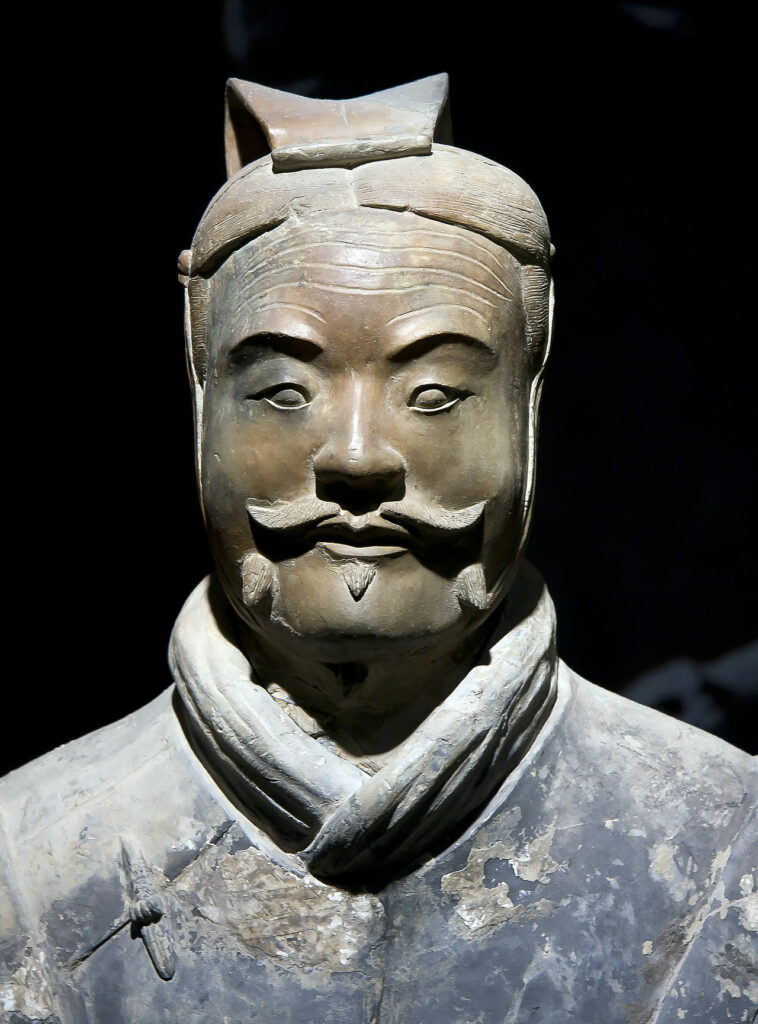
Some figures are still pristine, while others have been damaged by erosion, weathering, and grave robbers.
The Terracotta Army is an extraordinary archaeological discovery as it provides a unique insight into ancient China’s beliefs, practices, and culture.
The figures, estimated to be over 8,000 strong, are life-size and realistically sculpted and painted. The insane amount of resources required to complete such a grand undertaking tells us a little about the great wealth and power of the Chinese empire at the time.
The complexity and realism of the uncovered sculptures similarly testify to the advanced level of artistry and craftsmanship of the period.
In the modern-day 21st century, The Terracotta Army is considered an important archaeological discovery and a symbol of Chinese culture and history.
The Great Pyramids of Giza
The Great Pyramids of Giza are some of the world’s most iconic and recognizable structures. Located in Giza, Egypt, the great pyramids are thought to have been built as tombs for the Pharaohs of the Fourth Dynasty of Egypt around 2560 to 2540 BC.
The three pyramids (Khufu, Khafre, and Menkaure) stand as impressive testaments to the skill and engineering of the ancient Egyptians. They are the oldest and only remaining of the “Seven Wonders of the Ancient World.”
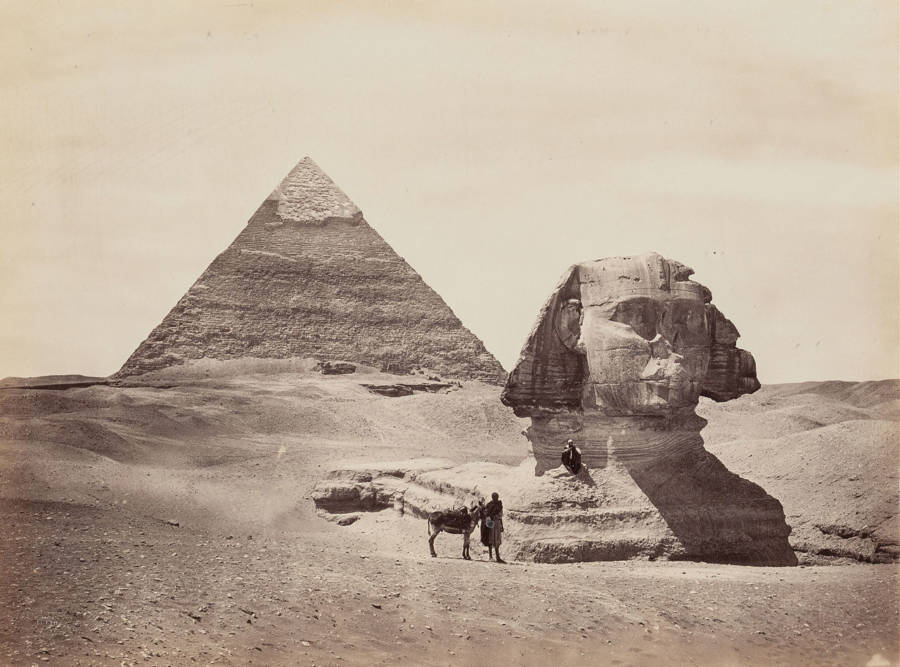
The Great Pyramid of Khufu is believed to have been built to house the Pharaoh’s remains after his death. It is estimated to be constructed from more than 2.3 million blocks of limestone and granite and to have taken around 20 years to build.
The complex also includes the Sphinx, a large limestone sculpture of a pharaoh’s head and the body of a lion.
The Pyramids remain the tallest man-made structures in the world and are a source of ongoing archaeological and scientific research and a popular tourist destination.
They are now a powerful symbol of the ancient Egyptian civilization and its legacy. They will continue to be an important symbol of our collective history and human achievement for many years.
Dead Sea Scrolls
The Dead Sea Scrolls are Jewish manuscripts discovered in caves near the Dead Sea during the 1940s and 1950s. They are among the most significant archaeological discoveries of the twentieth century and one of the most important collections of ancient documents ever uncovered.
The discoveries made from these scripts have contributed to a greater knowledge of the Hebrew Bible and ancient Judea.
The Dead Scrolls date between the 3rd century BC and the 1st century AD and include some of the oldest known copies of biblical texts.
The scrolls contain a wealth of information about Jewish culture, religion, and history during the Second Temple period and shed light on the development of Judaism and Christianity.
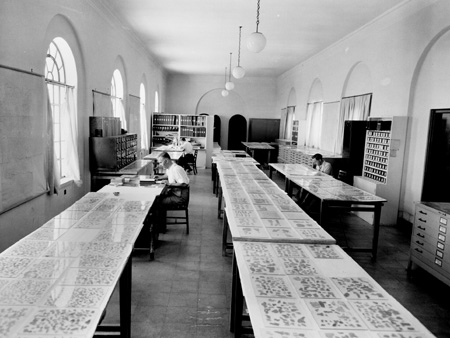
The contents of the ancient documents allow us to chronologically understand the history of the Hebrew Bible and its transmission from antiquity to the modern world. They provide valuable insight into the origins and development of ancient Jewish religious practices and beliefs.
With the knowledge excavated from the Dead Scrolls, historians can better understand the diversity of beliefs and practices in first-century Judaism and the history of early Christianity.
They have shed light on how the bible was pieced together by numerous people over a long time, giving biblical translators and historians a wealth of new information.
The Antikythera Mechanism
The Antikythera Mechanism is an ancient device that’s the earliest known mechanical analog computer. In 1901, the Antikythera Mechanism was discovered in the Antikythera wreck between the Greek islands of Kythera and Crete, off the coast of Antikythera, hence its name.
The mechanism dates back to the 2nd century BC and is believed to have been used to calculate astronomical positions and predict eclipses for calendar and astrological purposes. It is a sophisticated device made up of more than 30 bronze gears and is estimated to have taken more than a year to construct.
The discovery of the Antikythera Mechanism has significantly impacted the understanding the history of technology and astronomy. It has revolutionized ideas about the sophistication of ancient Greek technology and has been cited as an example of the use of an early form of analog computing.
The mechanism has also provided insight into the development of scientific instruments, particularly astronomical instruments, in the ancient world.
Tutankhamun’s Tomb
Tutankhamun’s tomb, also known as KV62, is a rock-cut tomb in the Valley of the Kings in Luxor, Egypt. Howard Carter discovered it in 1922. Its discovery is considered one of the most significant archaeological discoveries of all time.
This is partly because the tomb is the only intact royal tomb ever found in Egypt and is home to a wealth of artifacts and artworks that provide invaluable information about the life and culture of ancient Egypt.
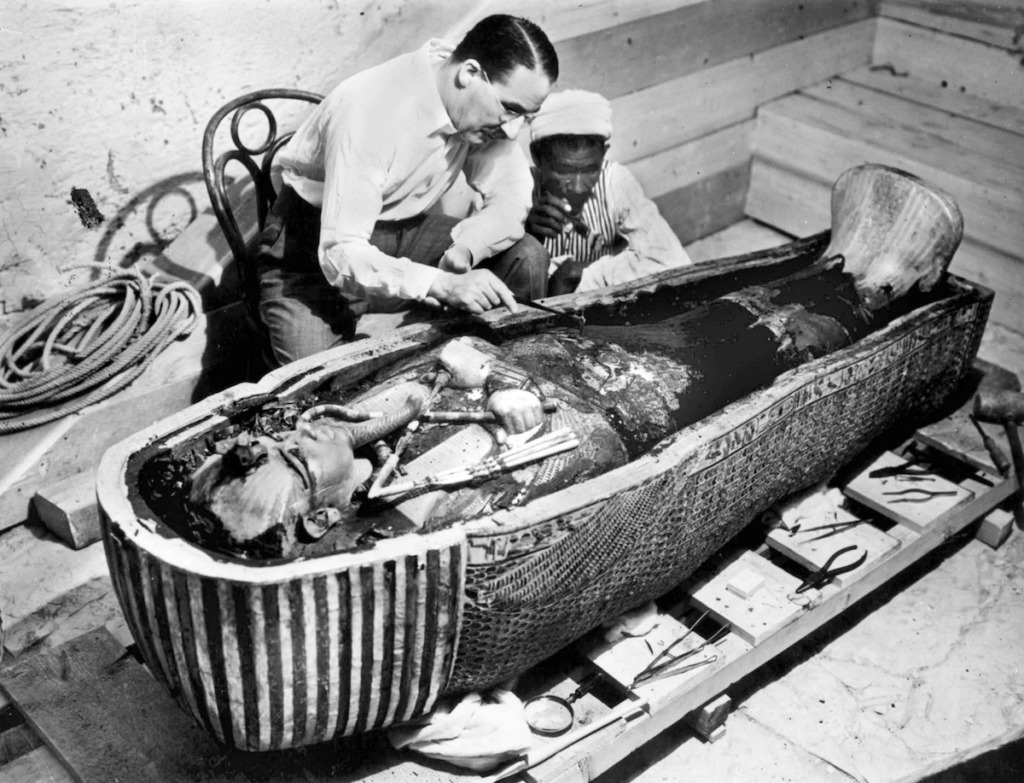
The archeological find was a sensation worldwide and has continued to fascinate people ever since. The tomb’s content, which included the famous gold mask, jewelry, and furniture, provided a unique insight into life in ancient Egypt and its burial practices. It also shed light on the reign of the boy-king Tutankhamun, who died at the age of 19.
The discovery of his tomb has had a lasting impact on our knowledge of ancient Egypt and its culture, and it continues to captivate people around the world.

